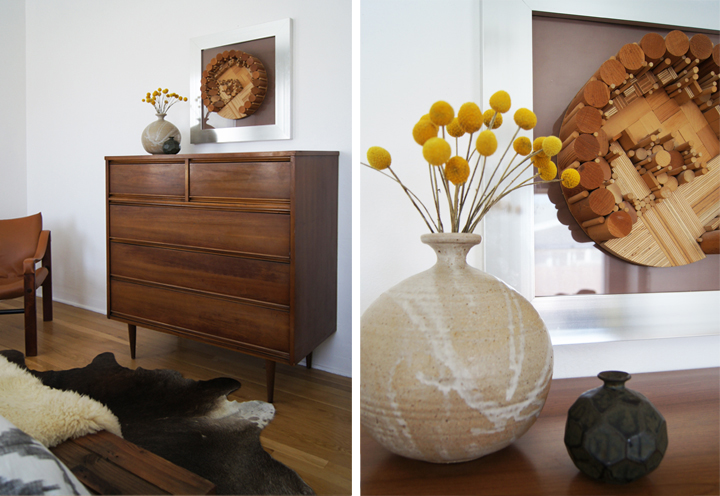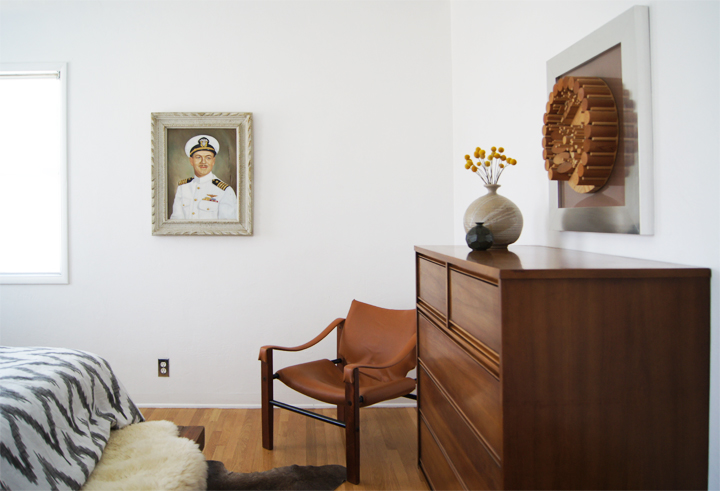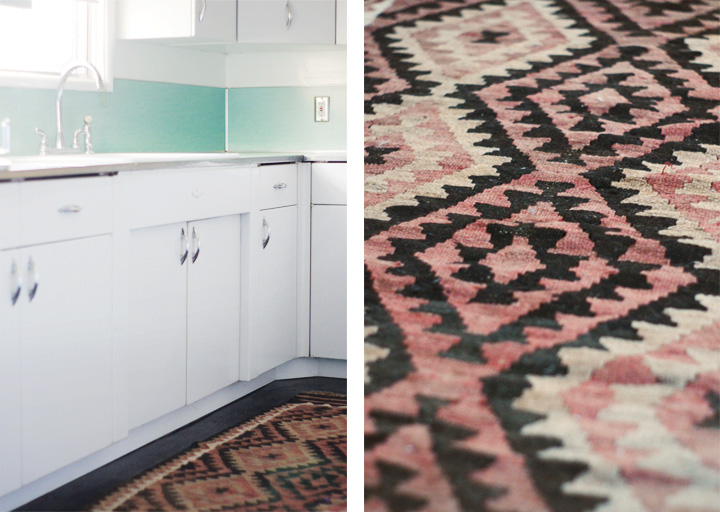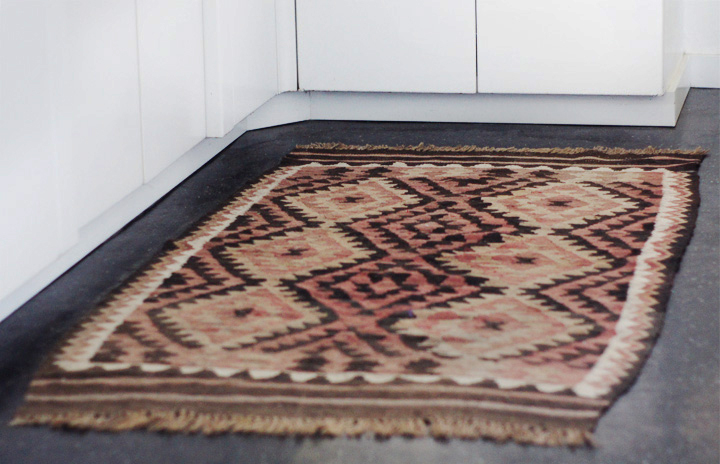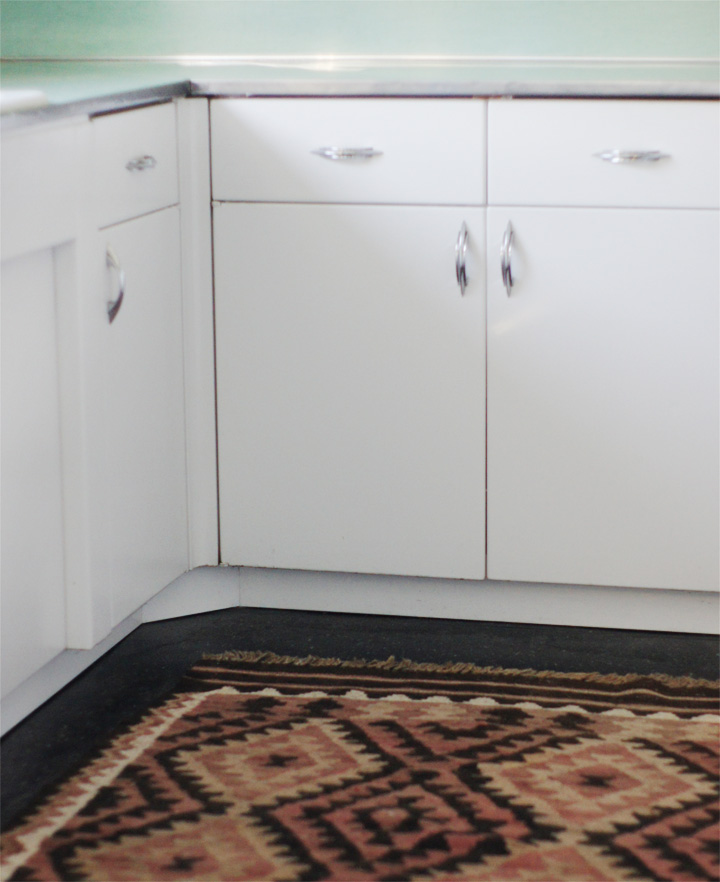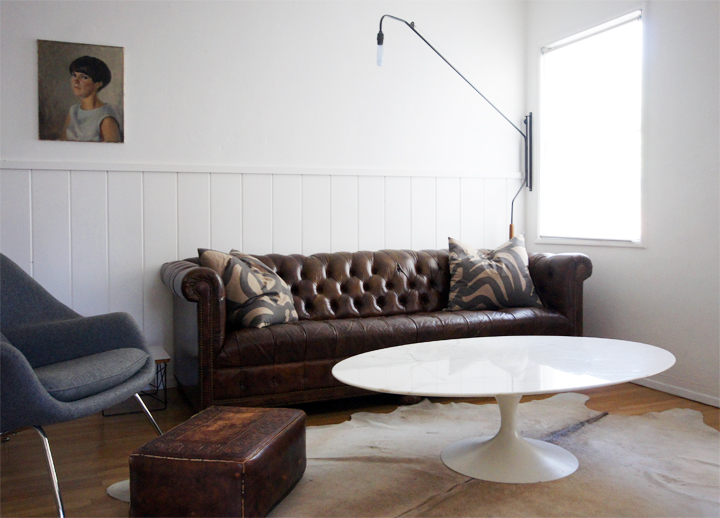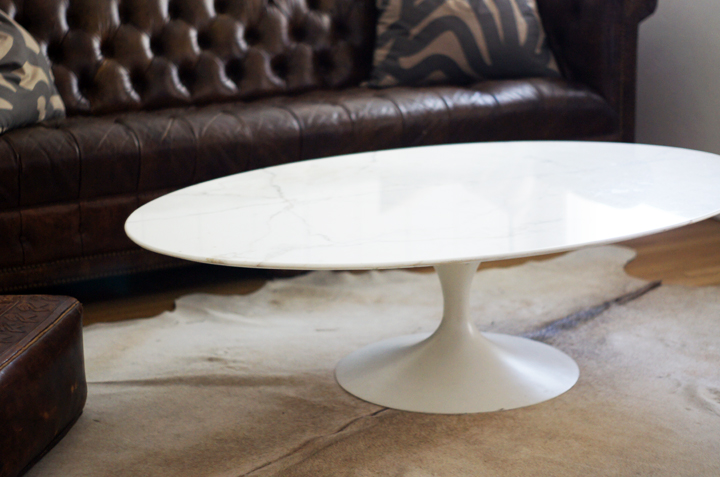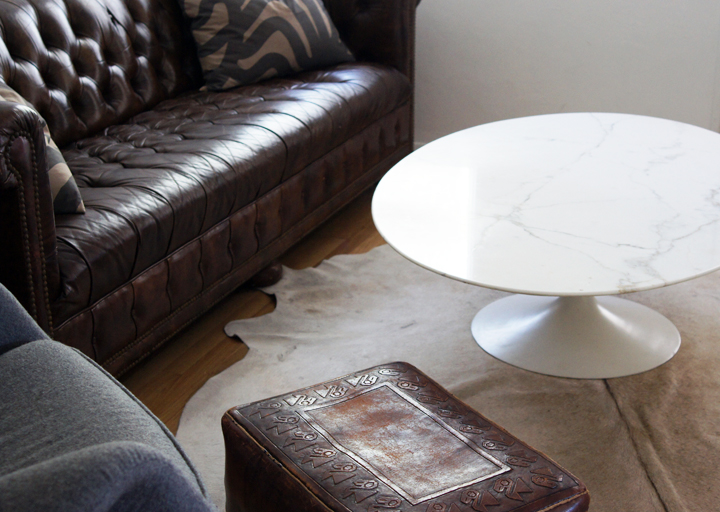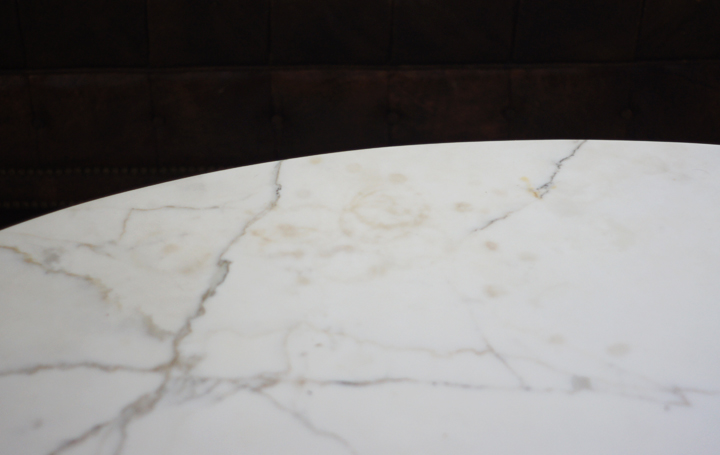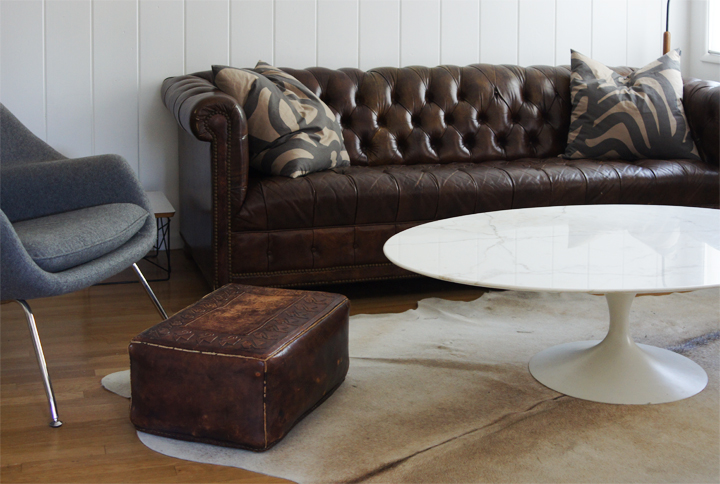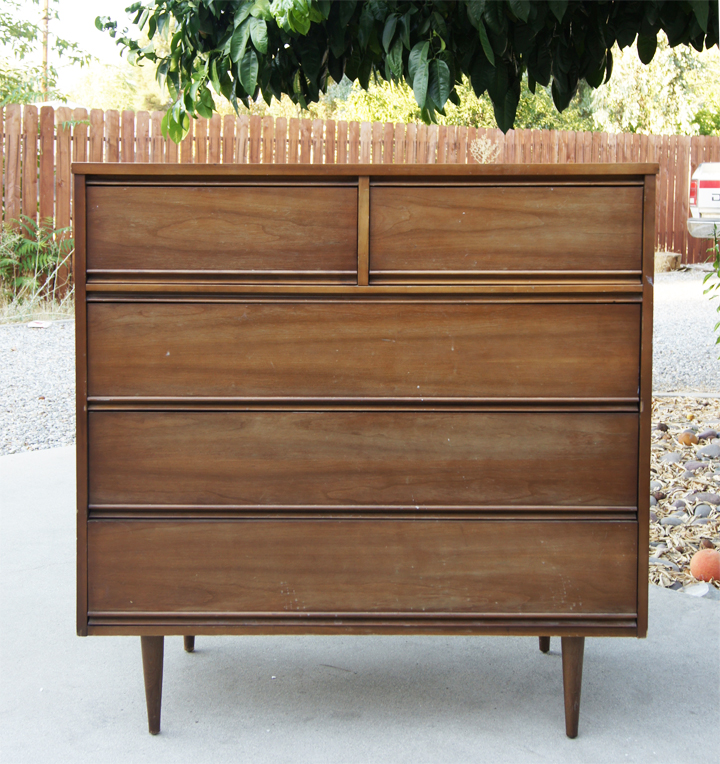
I still thrift. All the time. I swear.
It’s been about three months since any thrifty action has seen this blog.
BUT, the master bedroom has been begging me for a tall dresser for months now. Finding the right piece has been wickedly difficult considering it had to be both the right scale and cost. Guideline-wise, it had to be vintage (DUH) with a basic no-fuss design that slanted Danish. The curse of thrift shopping is: if you’re needing something specific, you’re never going to find it.
I gave up hope, getting by with the wrong credenza in the meantime. Recently, during some local thrifting rounds, I spotted a complete bedroom set that included this simple but incredibly dry looking highboy. In it’s entirety, the set appeared abused and neglected for the last sixty year and cried out for the old vintage wood regimen. Luckily, the set was being sold piecemeal, making it easy to grab the highboy and nightstands and jet off.
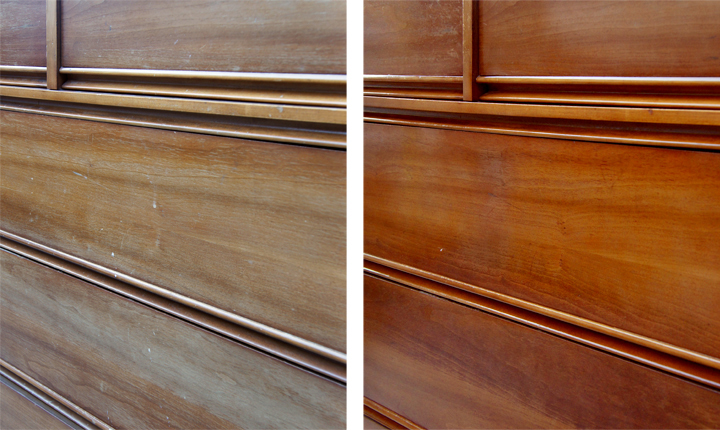
Not to digress, but when I’m thrifting with folks or get emails from folks with thrifting dilemmas, their biggest challenge is usually just looking past the ugly florescent lights, piles of garbage and disorderliness of the place to spot potential. This dresser looked so depressing, so cheap and soooo gross in the store, but wood – good wood? Wood loves to be prettied up and treated right.
Spending the time and putting in the effort of sanding everything with fine steel wool, slopping on a couple coats of Danish oil and hand rubbing a final finish of Howards Feed N’ Wax, returns the luster and richness to wood that appeared derelict and shabby at best.
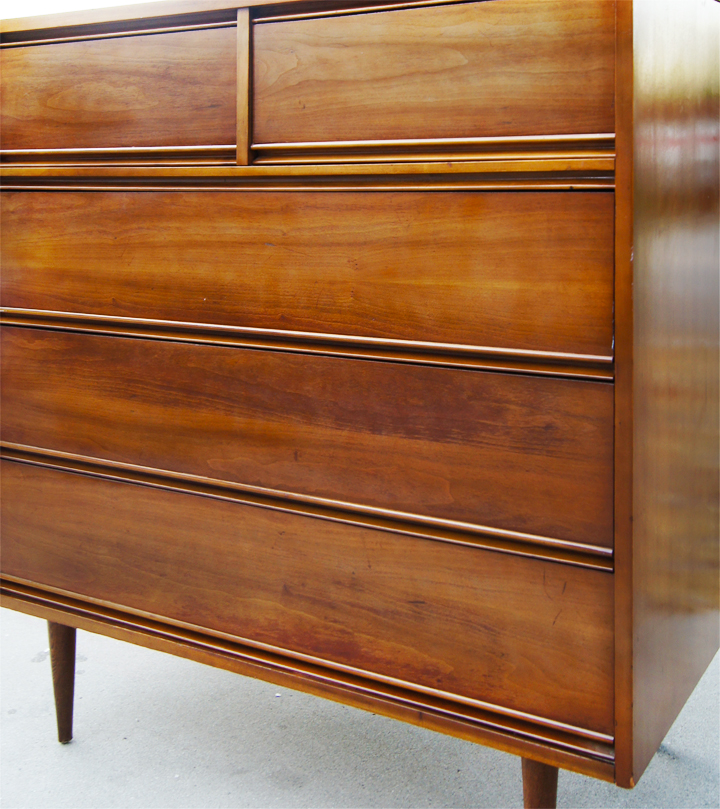
Of course this dresser is still vintage.
Over the last sixty years it’s been used and misused. Vintage wear and tear goes with the thrifty territory, but I prefer to live with furniture that’s been well used and developed an understandable patina. This way, instead of fearfully living with a perfect museum piece, you can knock stuff around and use pieces day in and day out without getting heartbroken if something gets dinged or nicked.
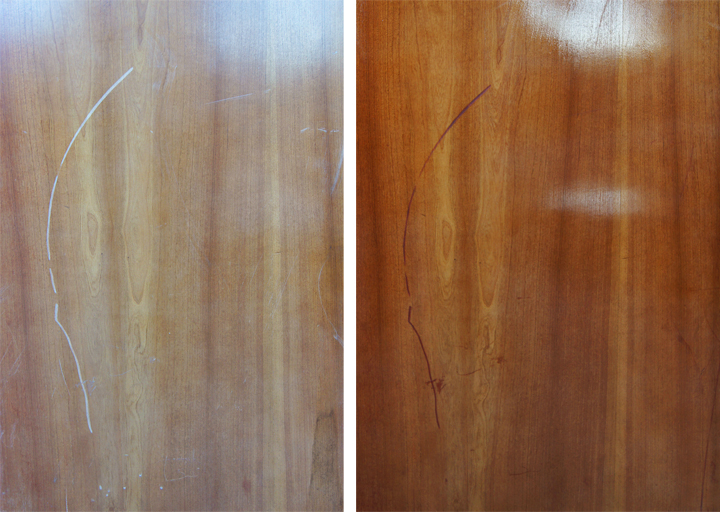
Case in point, the left side of the dresser has a large gouge from a careless handler dragging against something pointy. Sometimes, you can’t sand down very far when attempting to remove a big gouge. Most vintage furniture is finished with veneer, and that veneer is usually too thin to handle aggressive sanding.
In this situation, instead of freaking out and throwing every fill and repair trick at the damage (to just have the scratch continue to show up), a basic oiling helps minimize most of the damage. Vintage actually looking vintage is fine by me.
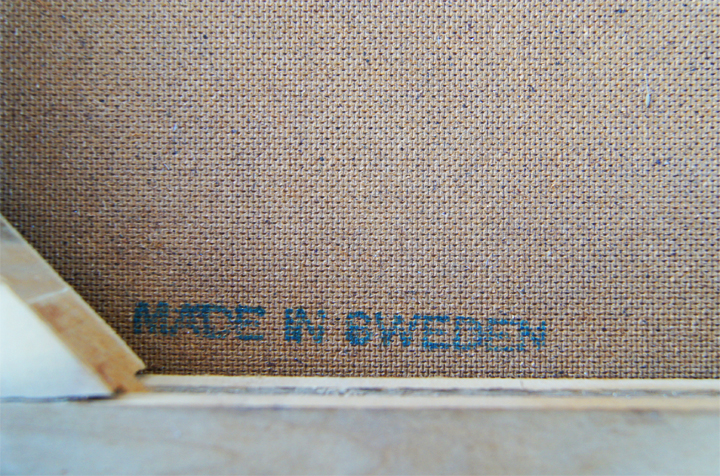
For most of the restoration, I didn’t spot markings that could help determine the dresser’s provenance. Not till after futzing with the base did this little blue MADE IN SWEDEN stamp pop up. At this point, I had pretty much assumed the set must have been American made and designed by some company in the states.
Those sneaky Swedes. Being all coy about marking stuff.
BEFORE & AFTER
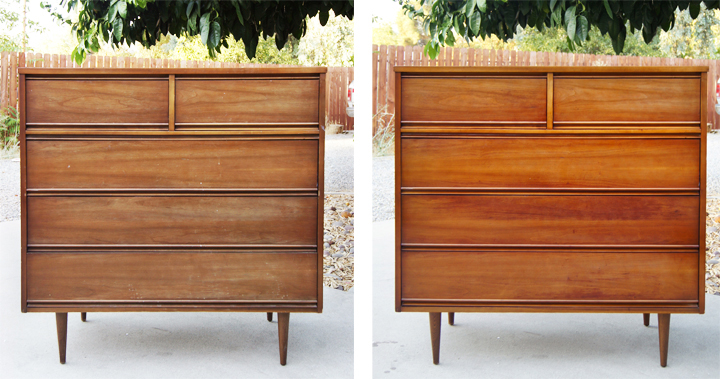
Hey now.
Sexy time.
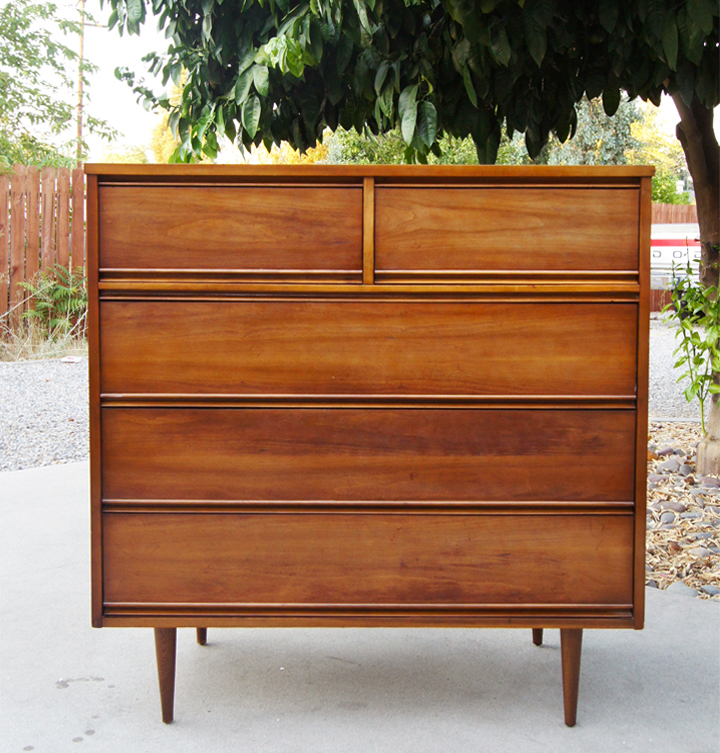
Of course this looks stunning framed by the weed infested backyard.
BUT…
Perfect-o for the bedroom.
